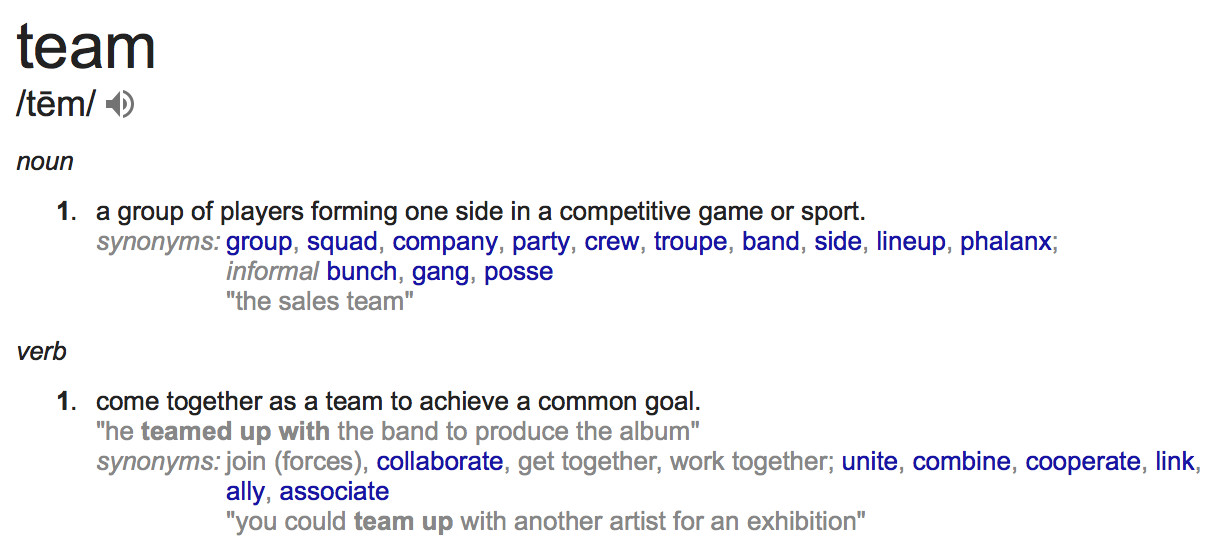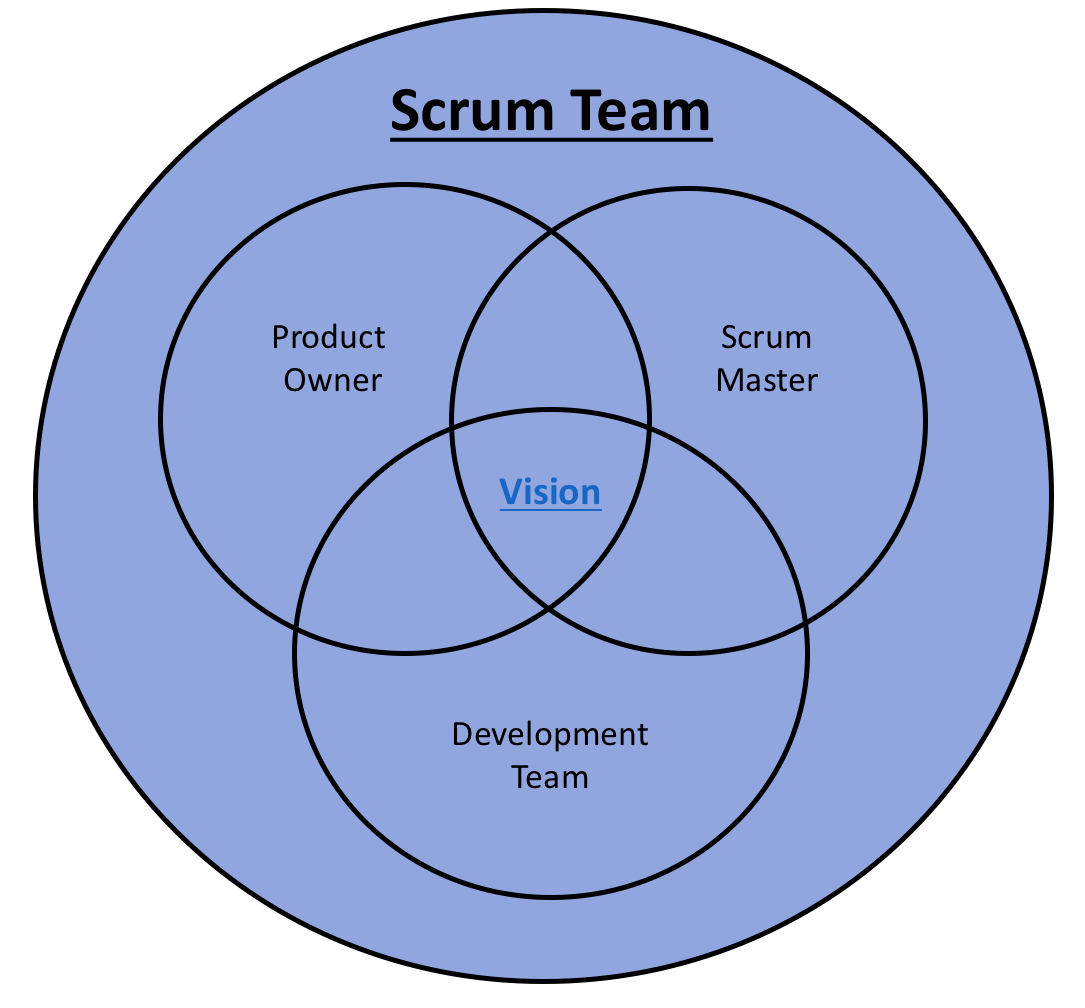In the fast-paced world of product development, where innovation is the name of the game, it’s easy to get caught up in the rush to find solutions to every problem that arises. With the recent advancements in Artificial Intelligence (AI), not only are companies starting opportunity discussions with AI in mind, they are hiring for talent with AI knowledge irrespective of their problem identification and solving skills. However, there’s immense value in pausing, taking a step back, and exploring the problem space without immediately diving into the realm of solutions. Introducing: Solution-Free Zones.
Solution-free zones are designated spaces or periods within the product discovery process where the focus is solely on understanding and exploring the problem space. These zones provide a safe and structured environment for teams to delve deep into the needs, pain points, and motivations of their users, without the distraction of proposing or discussing specific solutions.
The Problem with Jumping to Solutions
Why is it so important to resist the temptation to jump straight into solution mode? Consider this: When we rush to solutions without fully understanding the problem, we run the risk of solving the wrong problem or implementing solutions that fail to address the underlying needs of our users. This can result in wasted time, resources, and effort, as well as missed opportunities for innovation and growth.
The Benefits of Solution-Free Zones
So, what exactly are the benefits of solution-free zones? Let’s explore a few:
- Deep Problem Exploration: By focusing exclusively in the problem space, teams can delve deep into understanding the needs, pain points, and aspirations of their users. This allows for a more nuanced and comprehensive exploration of the problem, uncovering insights that might otherwise be overlooked.
- Empathy and Understanding: Solution-free zones foster empathy and understanding by encouraging teams to put themselves in the shoes of their users. This human-centered approach helps teams develop a deeper appreciation for the challenges faced by their users and fuels their motivation to find meaningful solutions.
- Creative Problem-Solving: When the pressure to come up with solutions is temporarily lifted, teams are free to explore creative and unconventional approaches to problem-solving. This can lead to breakthrough insights and innovative ideas that might not have surfaced in a solution-focused mindset.
- Collaborative Learning: Solution-free zones provide opportunities for cross-functional collaboration and learning. By bringing together individuals from diverse backgrounds and disciplines, teams can leverage their collective expertise to gain new perspectives and insights into the problem space.
- Iterative Refinement: Finally, solution-free zones facilitate iterative refinement of problem statements and hypotheses based on ongoing research and feedback. This allows teams to continuously evolve their understanding of the problem space and stay aligned with the evolving needs of their users.
Implementing Solution-Free Zones
So, how can teams implement solution-free zones in their product development process? Here are a few tips:
- Set Clear Objectives: Clearly define the goals and objectives of the solution-free zone to ensure that everyone is aligned on the purpose and expected outcomes.
- Use Problem-Focused Tools: Utilize tools such as problem statements, journey maps, empathy maps, and user personas to guide discussions and visualize user needs.
- Encourage Open-Ended Exploration: Foster an environment where open-ended exploration and curiosity are encouraged, allowing for free-flowing conversations and the exploration of different perspectives.
- Iterate and Refine: Continuously iterate on problem statements and hypotheses based on ongoing research and feedback, refining your understanding of the problem space over time.
I encourage product leaders to engage in a formal walkthrough of the outcomes and artifacts from the solution-free zones activities before any discussion on solution can take place.
Conclusion
Solution-free zones are a powerful tool for fostering deep understanding, empathy, and innovation in product development. By providing a structured space for teams to explore the problem space without the pressure of proposing solutions, solution-free zones unlock new insights, fuel creativity, and pave the way for more effective and impactful solutions in the long run. So, the next time you find yourself itching to jump straight into solution mode, consider taking a detour through the realm of the problem space—you might just be surprised by what you discover.


 I
I